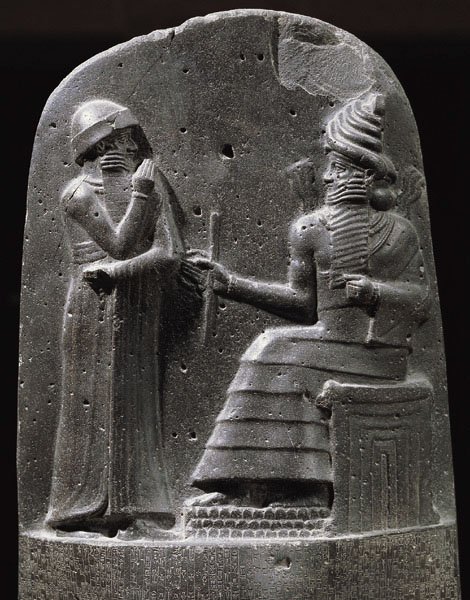Origins: Interesting Developments
Just how did ancient bureaucrats set their interest rates?

It’s hard enough for economists to explain whether interest rates will go up or down in today’s world. How can we possibly hope to understand how the practice of charging interest began in the first place? When did people begin issuing interest-bearing loans? And how did they decide how much to charge for the privilege of borrowing money?
The answer to these questions turns out to be quite simple, once one understands how ancient Sumer, Babylonia, Greece and Rome set their interest rates. Indeed, simplicity of calculation was what these ancient economies strove for above all else.
Unlike today, interest rates in the ancient world did not rise and fall. Instead each society had its own steady or “normal” interest rate. This rate was often fixed by law—Hammurabi’s code and Roman law both codified interest rates—though surviving contracts show an array of variations around the norm. Sumerian text exercises, used to train scribes, confirm the prevalence of these normal interest rates.
How did this customary rate of interest come to be charged? And how did the rate manage to remain so steady decade after decade and century after century? Obviously the rates were not set by market forces of supply and demand, for economic conditions must have changed every year, and even seasonally within each year.
A quick review of a few ancient civilizations’ interest rates reveals that a strong, non-economic factor was at work.
Already a library member? Log in here.
Institution user? Log in with your IP address.

